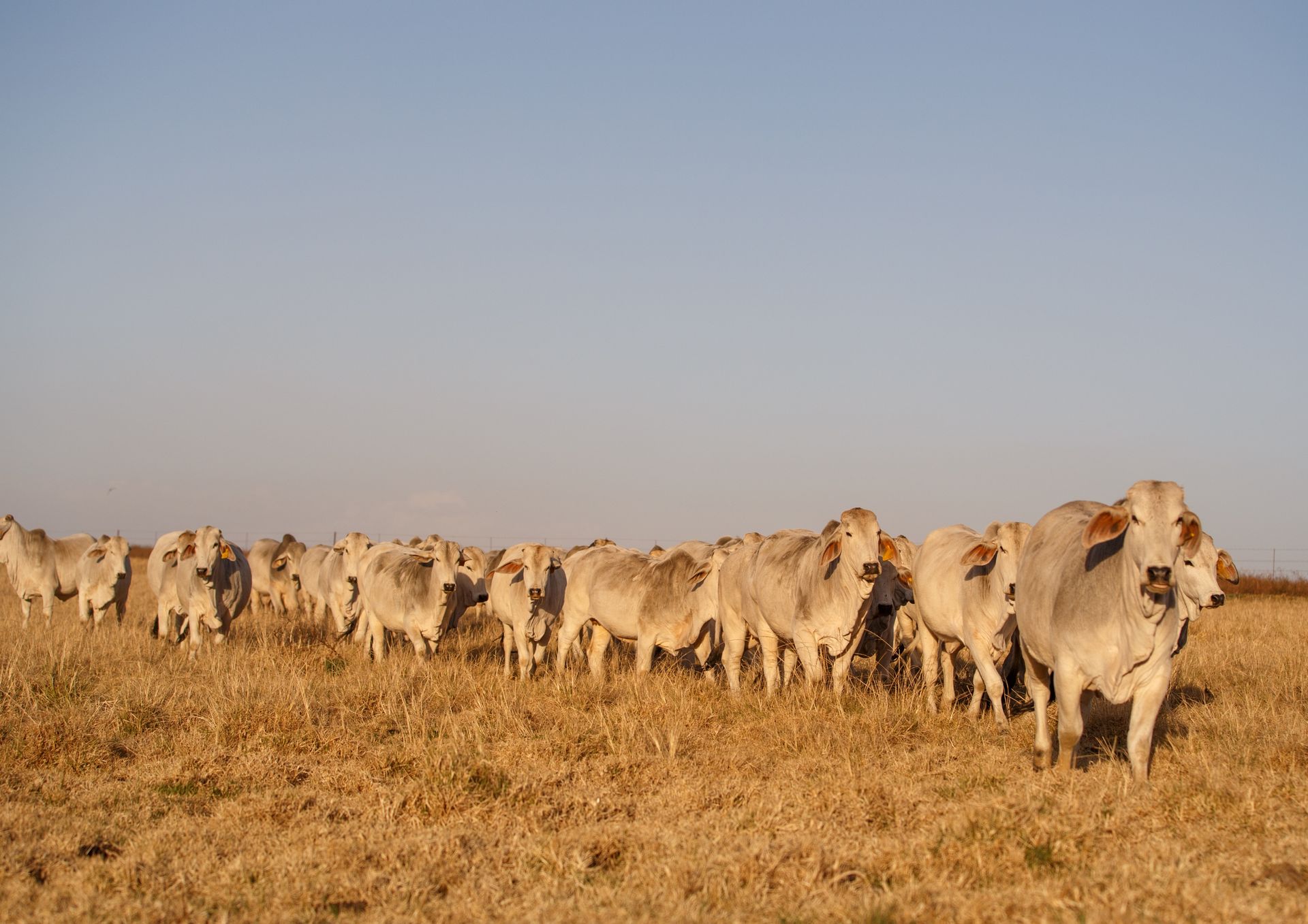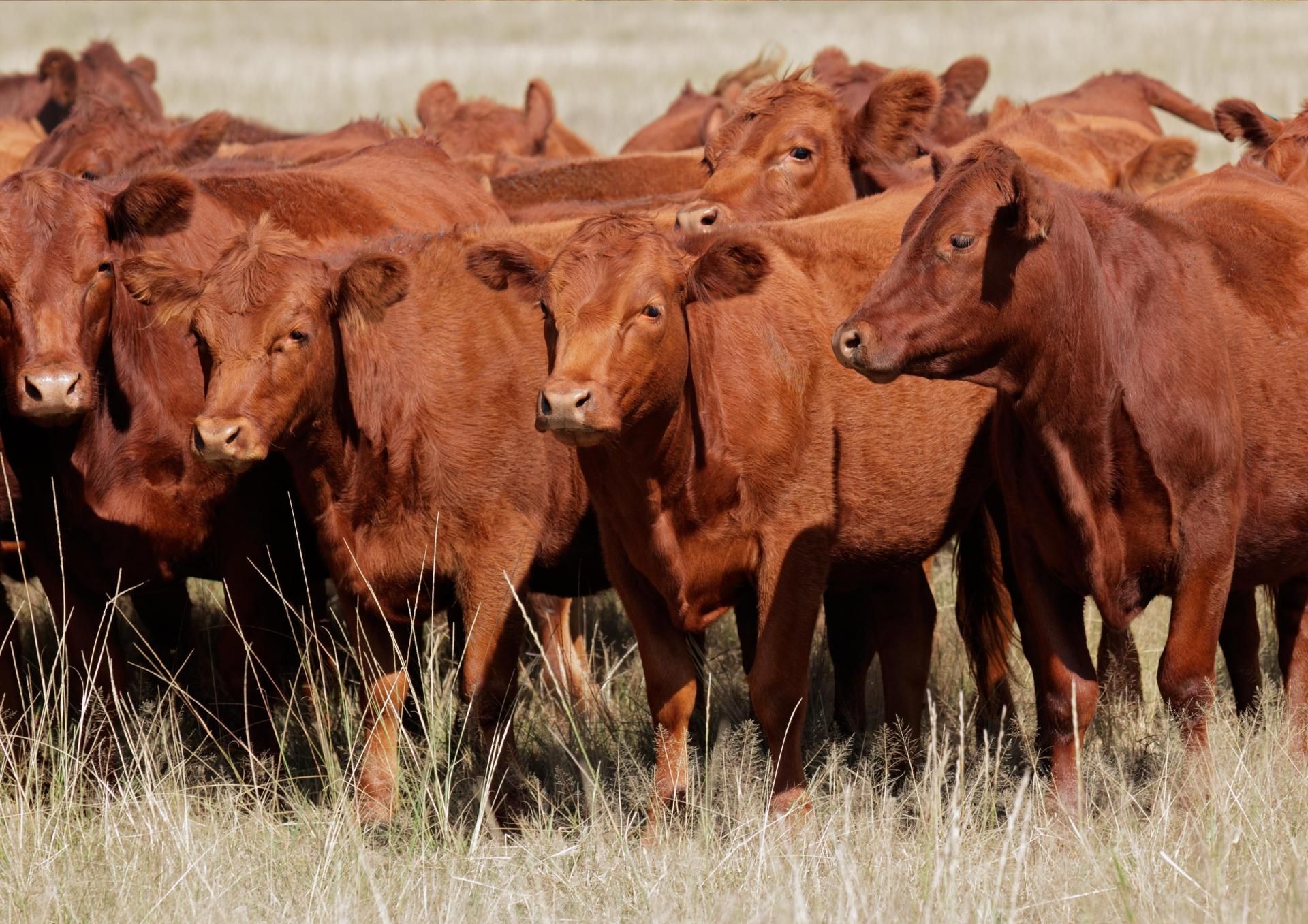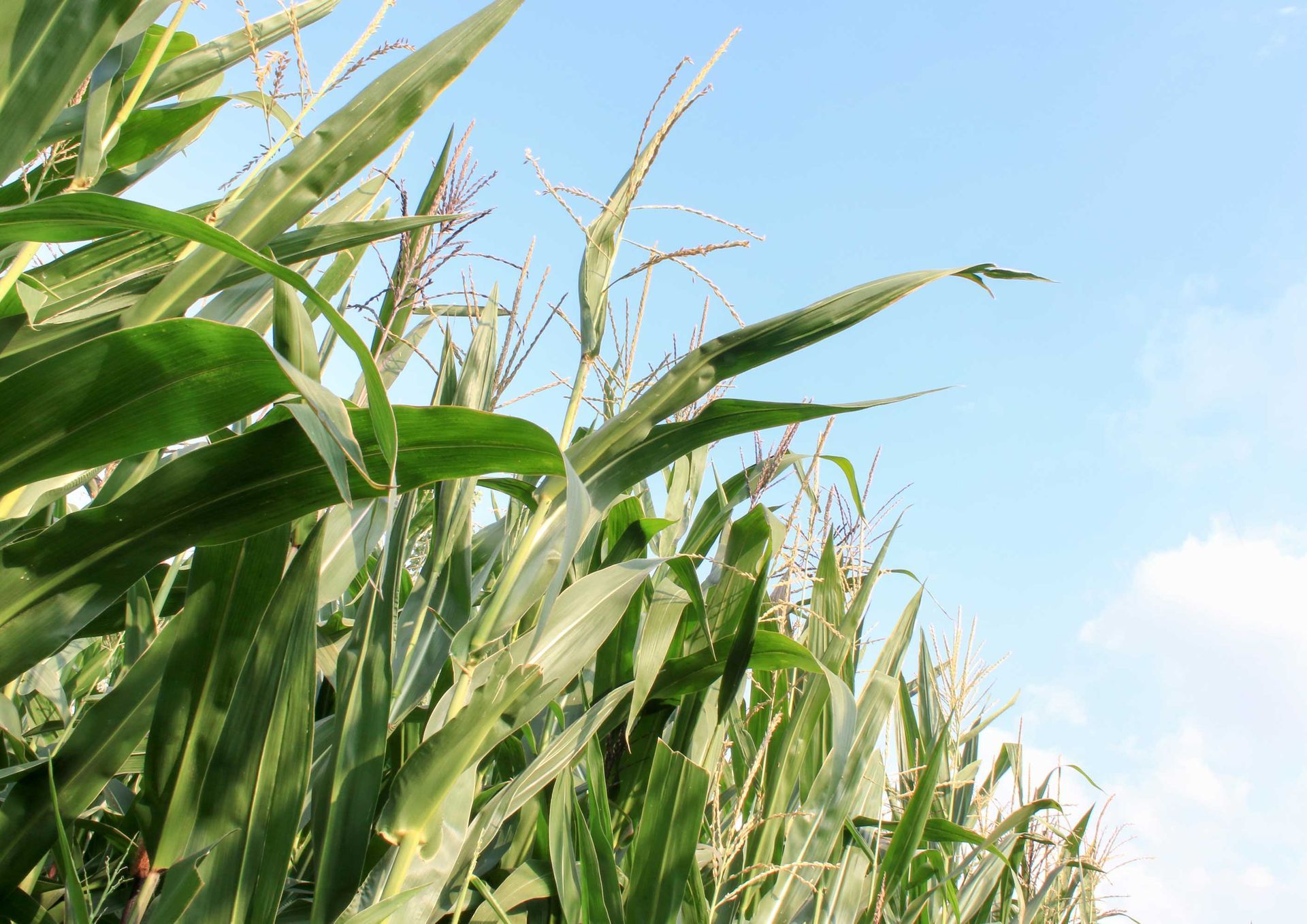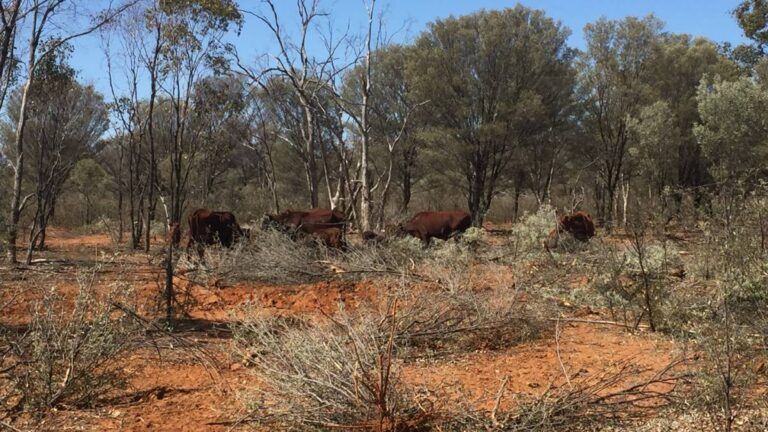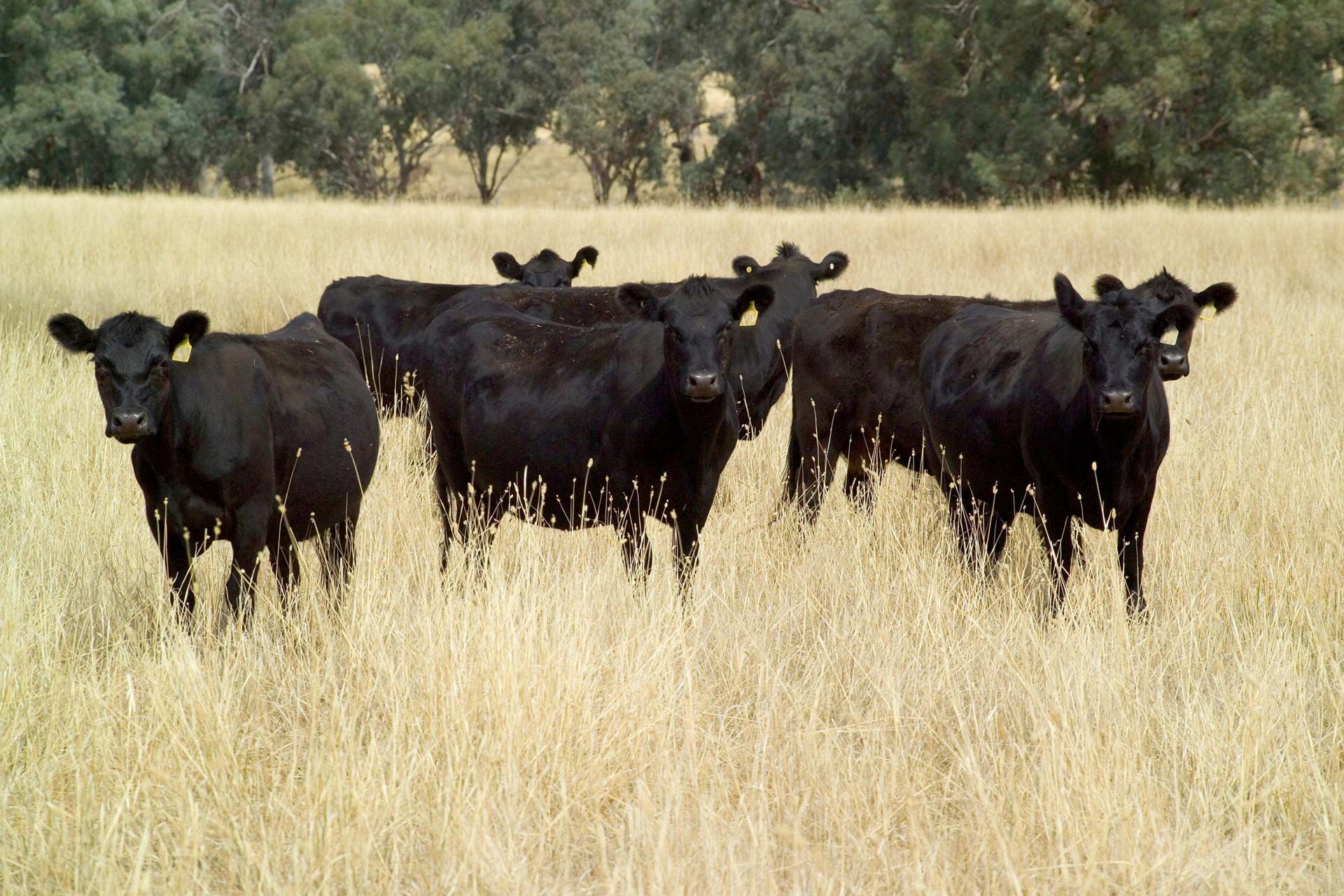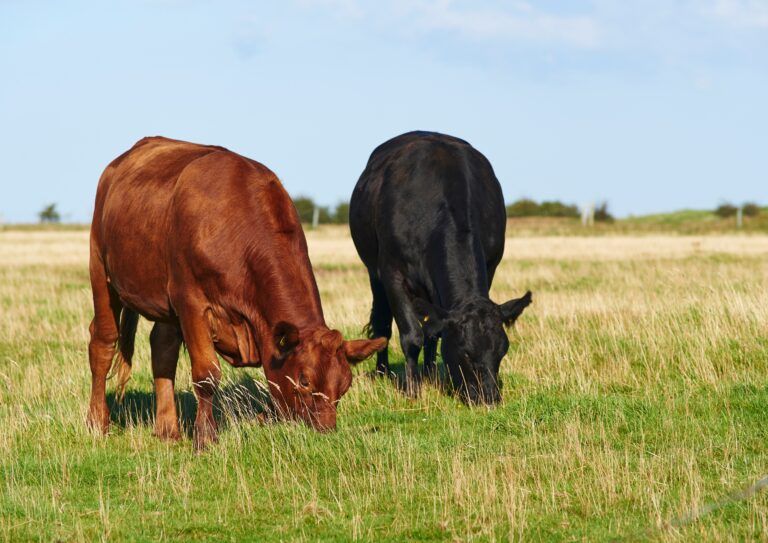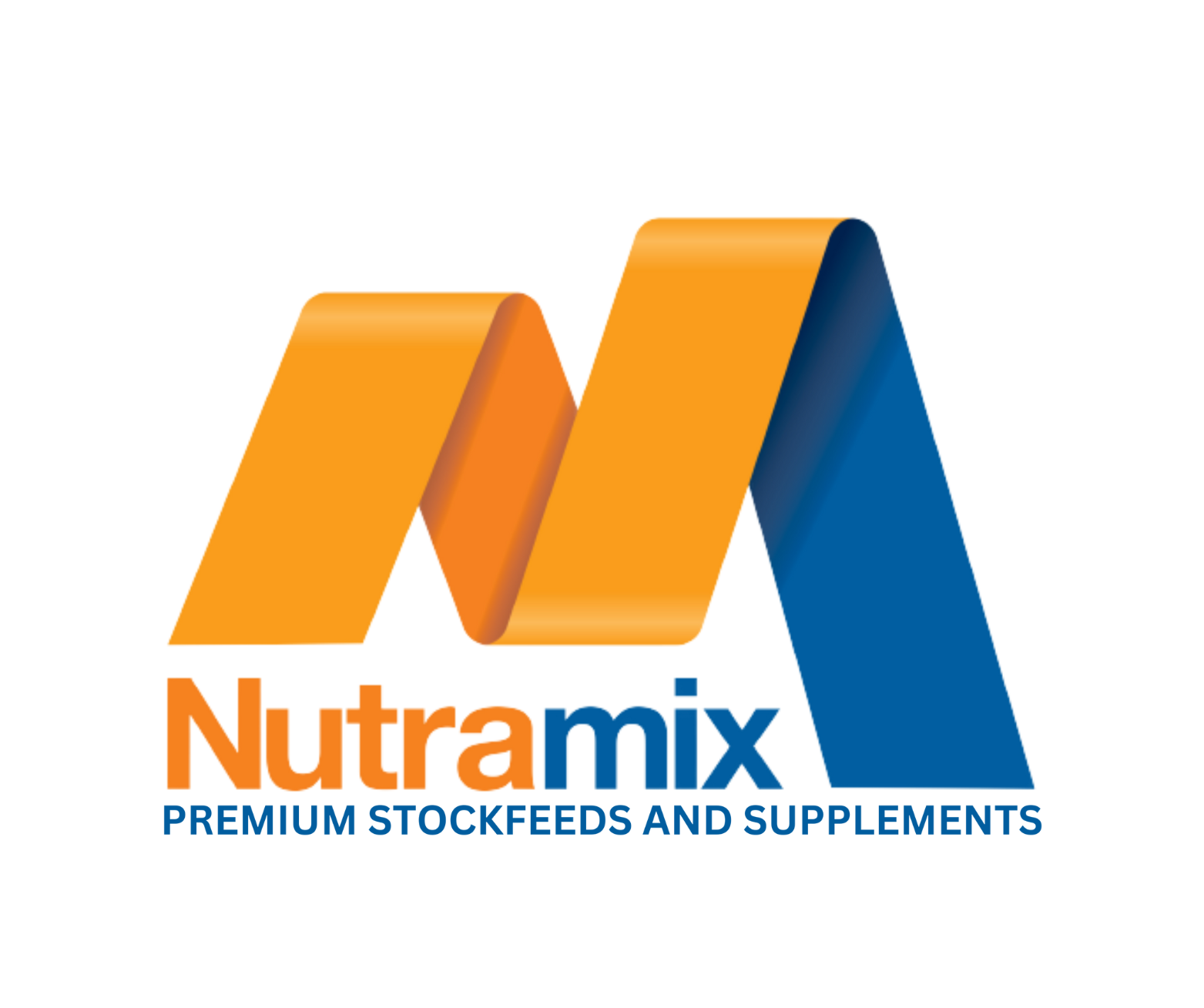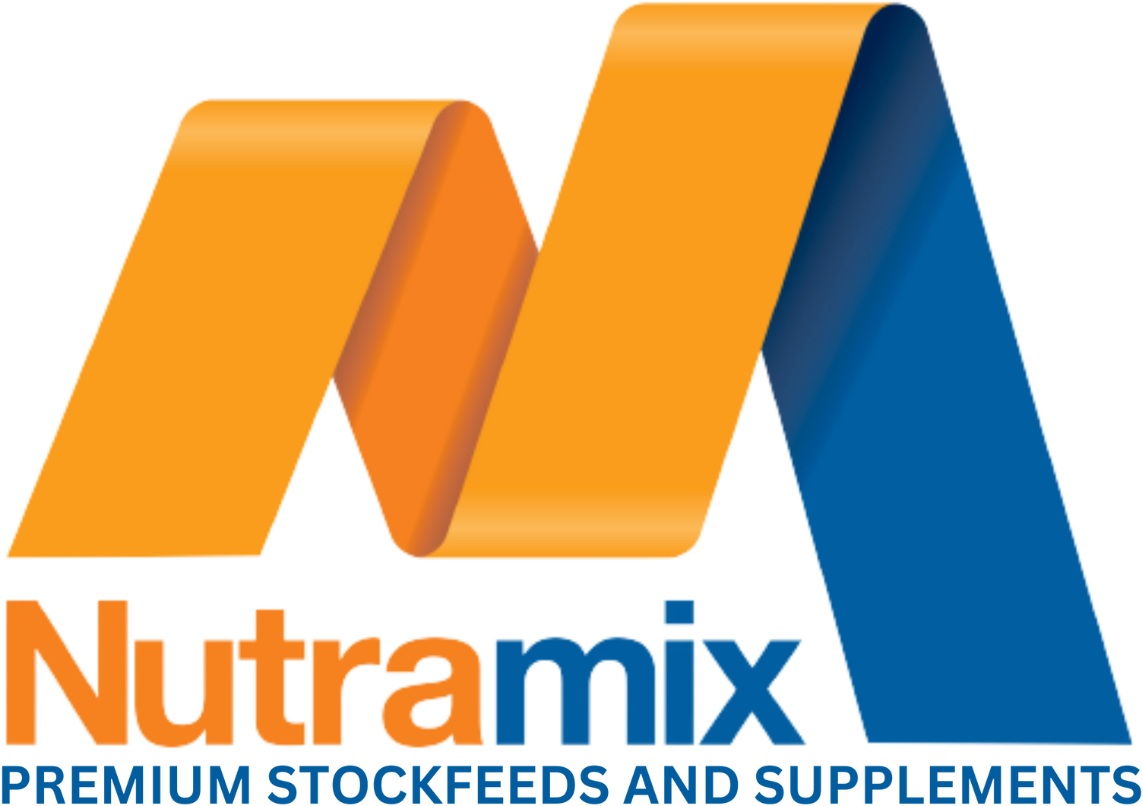Kidman Springs Phosphorus Supplementation Trial Demonstrates > 300% ROI
It is well documented that much of northern Australia is phosphorus (P) deficient and that P is required for almost every vital bodily function in cattle. However, supplement sales figures and industry feedback indicates that the majority of northern properties in P deficient areas are not supplementing their cattle with P over the wet season. Current thinking is that producers must not believe that they will get a good enough return feeding a P supplement to justify the expense and hassle of feeding supplement over the wet season. Past studies have shown that P supplementation increases growth, however, there have been few studies that have found a significant improvement in reproductive performance from P supplementation in northern Australia and quantified the benefit. This may be a reason why adoption has been so low.
A trial commenced in 2014 at the Victoria River Research Station, Kidman Springs, to quantify the benefits of P supplementation. This trial will provide producers in P deficient areas with definitive data on the effects of supplementing females with P so that they are able to make better informed supplementation decisions.
Brahman heifers born in 2014 were randomly allocated to either a +P (where phosphorus was supplied in the supplement) or –P (where phosphorus was not included in the supplement) treatment and grazed in neighbouring paddocks that were tested as acutely P deficient. Treatments swap paddocks in May each year to minimise paddock effects. Treatments are managed exactly the same year round, with the exception that their loose lick supplements either contain P (+P) or do not (-P). Composition of lick fed to each treatment can be seen in Table 1.
Note: Soil test Colwell P levels: Acutely deficient: ≤4mg P/kg | Deficient: 5mg P/kg | Marginal: 6-8mg P/kg
Table 1. Composition of Trial Supplements
| Wet Season | Dry Season | |||
|---|---|---|---|---|
| Loose lick ingredients | +P | -P | +P | -P |
| Ridley Biofos MCP | 42.5% | 25% | ||
| Salt | 50% | 73.5% | 40% | 65% |
| Ammonium sulphate (Gran Am) | 7.5% | 7.5% | 10% | 10% |
| Urea | 25% | 25% | ||
| Limestone | 17.5% |
Key Results
While the trial is ongoing, there are already very compelling preliminary results coming through.
2016-17 data (1st calf)
The +P group were, on average, 66 kg heavier at the end of their first mating (April 2016) and pregnancy rates were 10% higher in +P maiden heifers. Calf loss was similar in both treatments but re-conception rates were 25% higher in the +P first lactation heifers.
When the calves were weaned in May 2017 the +P lactating heifers were, on average, 120 kg heavier than –P treatment heifers. In addition to this, the average weaning weight of calves was 34 kg heavier from the +P treatment. The +P treatment weaned 3,072 kg more calves than the –P treatment. Based on a 2017 price for weaners of $3.50, the additional 3,072 kg weaned from the +P treatment equates to an additional $10,751 (the study started with 91 heifers in +P and 89 in –P).
Also the mortality rate from the start of the study to when the first calves were weaned was 7% higher in –P treatment heifers (ie. 8% in –P vs 1% in +P).
2017-18 data (2nd calf)
At the weaning muster in May 2018, the average weight of the cows in the +P treatment was 69 kg heavier than the –P treatment (in both wet and dry cows) and the wet cow pregnancy rate was 37% higher for the +P treatment. On average the weaning weight of calves from the +P treatment were 13 kg heavier than the –P calves. The total weight of calves weaned from the +P treatment was 2,806 kg more than from the –P treatment.
A more thorough economic analysis will be undertaken as the project progresses, but the very basic comparison shown in Table 2 shows that the return on investment in P supplementation in this study has been high.
By May 2018, the total value of calves weaned from the treatment was $19,169 more from +P, while the total cost of the supplement consumed by each treatment was $5,529 more by +P (comparing the cost of the supplement consumed by +P year round to the cost of supplement consumed by –P in the dry season only). This gives a cumulative return on investment of nearly 350%. Table 3 shows the results to date from the trial.
Table 2. Cost: Benefit information on P supplementation in the Kidman Springs trial
| Total weight of extra calves from +P (kg) | Price ($/kg) | Extra value of calves weaned from +P | Extra cost of supplement from +P | Cumulative return on investment (extra value/extra cost) | |
|---|---|---|---|---|---|
| 2017 | 3,072 | $3.50 | $10,751 | $3,839* | 280% |
| 2018 | 2,806 | $3.00 | $8,417 | $5,529** | |
| Total | 5,878 | $19,169 | $5,529** | 347% |
*total value of extra supplement consumed by +P up to May 2017
**total value of extra supplement consumed by +P up to May 2018
It should be noted that while the trial is showing positive benefits of P supplementation that the response on other properties will vary depending on the level of P deficiency in the soil. Where P deficiency is not as severe the benefits of P supplementation may not be as great. While soil testing can provide an indication of P deficiency, it is not considered definitive. Currently the most reliable method of assessing P status of the herd is by taking blood samples of growing animals (that have not been eating P supplement or drinking milk) at the end of the wet season and testing for plasma inorganic phosphorus. These could be one year old animals running with breeders to get a P status from breeder paddocks.
Table 3. Results from the Kidman Springs P supplement trial
| -P | +P | Difference | |
|---|---|---|---|
| 2014-17 Data (until first calves weaned) | |||
| Heifer post weaning weight (at location)(kg) | 175 | 175 | 0 |
| Maiden heifer pre-mating weight (kg) | 238 | 270 | 32 |
| Maiden heifer post mating weight (kg) | 327 | 392 | 65 |
| Pre-calving weight (kg) | 324 | 393 | 69 |
| Weight when calves weaned (kg) | 262 | 382 | 120 |
| Maiden pregnancy percentage (%) | 60 | 70 | 10 |
| Calf loss rate (%) | 22 | 21 | -1 |
| 1st lactation heifer pregnancy rate (%) | 5 (n=39) | 30 (n=50) | 25 |
| Mortality rate to 3.5 y.o (%) | 8 | 1 | -7 |
| Weaning weight of calves (kg) | 139 | 173 | 34 |
| 2017-18 Data (year after first calves weaned) | -P | +P | Difference |
| Dry cow pregnancy percentage (%) | 92 (n=50) | 96 (n=48) | 4 |
| Dry cow average weight (kg) | 424 | 493 | 69 |
| Wet cow pregnancy percentage (%) | 20 (n=30) | 57 (n=42) | 37 |
| Wet cow average weight (kg) | 357 | 426 | 69 |
| Calf loss rate (%) | 21 | 16 | -5 |
| Weaning weight of calves (kg) | 172 | 185 | 13 |
Additional information about this project can be found on the Effects of phosphorus supplementation on Brahman females at Kidman Springs (VRRS) project page.
For more information contact: Tim Schatz, Principal Livestock Research Officer, NT Department of Industry, Tourism and Trade, Tel: 08 89992332 e: tim.schatz@nt.gov.au
This project has been funded by the Northern Territory Department of Industry, Tourism and Trade.
